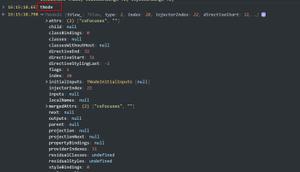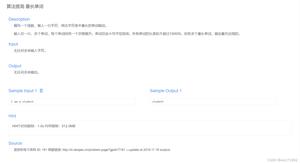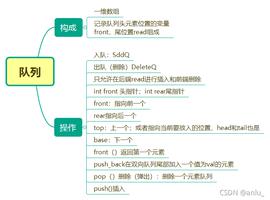无法使用JSON.stringify将错误字符串化吗?
回答:
尝试使用Web套接字传递错误消息时遇到问题。我可以复制自己遇到的问题JSON.stringify以迎合更广泛的受众:
// node v0.10.15> var error = new Error('simple error message');
undefined
> error
[Error: simple error message]
> Object.getOwnPropertyNames(error);
[ 'stack', 'arguments', 'type', 'message' ]
> JSON.stringify(error);
'{}'
问题是我最终得到一个空对象。
回答:
我首先尝试离开node.js并在各种浏览器中运行它。Chrome版本28给出了相同的结果,有趣的是,Firefox至少尝试了一次,但忽略了以下信息:
>>> JSON.stringify(error); // Firebug, Firefox 23{"fileName":"debug eval code","lineNumber":1,"stack":"@debug eval code:1\n"}
然后,我查看了Error.prototype。它表明原型包含诸如toString和toSource之类的方法。明知功能不能被字符串化,我包括一个替代品函数调用JSON.stringify时卸下的所有功能,但后来意识到它也有一些怪异的行为:
var error = new Error('simple error message');JSON.stringify(error, function(key, value) {
console.log(key === ''); // true (?)
console.log(value === error); // true (?)
});
它似乎没有像通常那样遍历对象,因此我无法检查键是否为函数并忽略它。
回答:
有什么办法可以将本机错误消息字符串化JSON.stringify吗?如果没有,为什么会出现这种现象?
解决这个问题的方法
- 坚持使用基于字符串的简单错误消息,或者创建个人错误对象,而不依赖于本地错误对象。
- 拉属性:
JSON.stringify({ message: error.message, stack: error.stack })
更新
@Ray Toal在评论中建议我看一下属性描述符。现在很清楚为什么它不起作用:
var error = new Error('simple error message');var propertyNames = Object.getOwnPropertyNames(error);
var descriptor;
for (var property, i = 0, len = propertyNames.length; i < len; ++i) {
property = propertyNames[i];
descriptor = Object.getOwnPropertyDescriptor(error, property);
console.log(property, descriptor);
}
输出:
stack { get: [Function], set: [Function],
enumerable: false,
configurable: true }
arguments { value: undefined,
writable: true,
enumerable: false,
configurable: true }
type { value: undefined,
writable: true,
enumerable: false,
configurable: true }
message { value: 'simple error message',
writable: true,
enumerable: false,
configurable: true }
关键:enumerable: false。
接受的答案提供了解决此问题的方法。
回答:
您可以定义Error.prototype.toJSON来检索Object表示的纯文本Error:
if (!('toJSON' in Error.prototype))Object.defineProperty(Error.prototype, 'toJSON', {
value: function () {
var alt = {};
Object.getOwnPropertyNames(this).forEach(function (key) {
alt[key] = this[key];
}, this);
return alt;
},
configurable: true,
writable: true
});
var error = new Error('testing');
error.detail = 'foo bar';
console.log(JSON.stringify(error));
// {"message":"testing","detail":"foo bar"}
使用Object.defineProperty()添加toJSON而不将其enumerable本身作为属性。
关于修改Error.prototype,虽然toJSON()可能没有Error专门针对它进行修改,但是该方法通常仍针对对象进行了标准化(参见:步骤3)。因此,冲突或冲突的风险很小。
不过,为了完全避免它,可以使用JSON.stringify()的replacer参数代替:
function replaceErrors(key, value) { if (value instanceof Error) {
var error = {};
Object.getOwnPropertyNames(value).forEach(function (key) {
error[key] = value[key];
});
return error;
}
return value;
}
var error = new Error('testing');
error.detail = 'foo bar';
console.log(JSON.stringify(error, replaceErrors));
以上是 无法使用JSON.stringify将错误字符串化吗? 的全部内容, 来源链接: utcz.com/qa/417298.html





